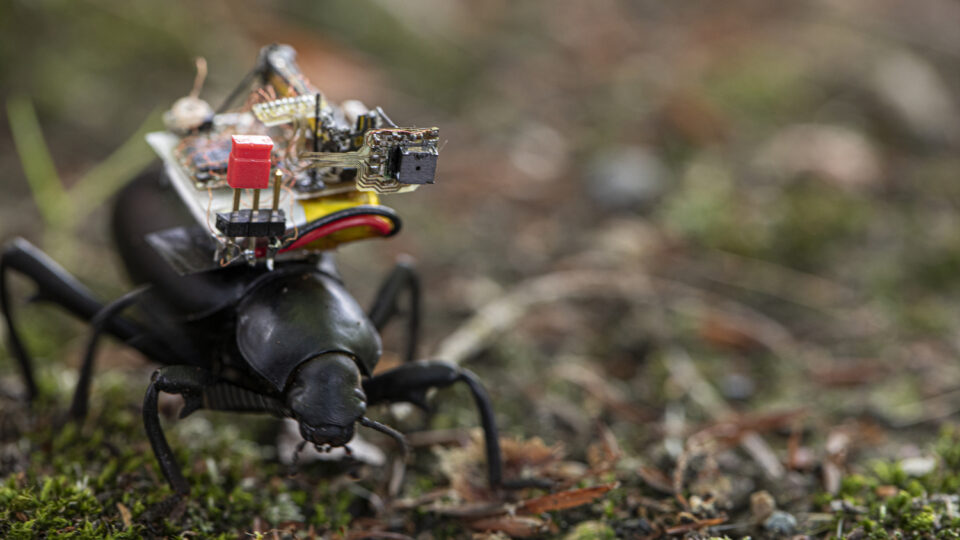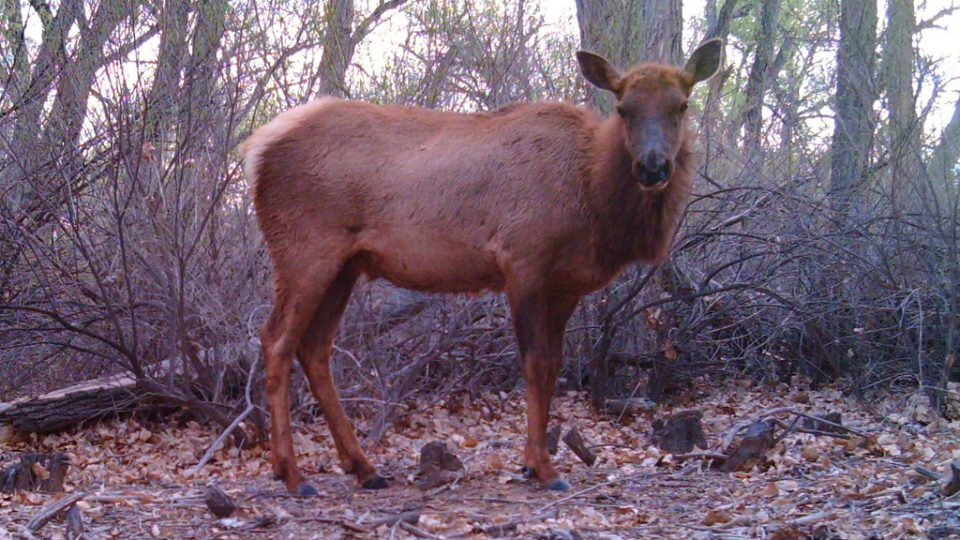Canada lynx are medium-sized North American big cats known for their long, black ear tufts, and their ability to hunt across the surface of deep snow. Historically, the predator’s habitat ranged across Alaska, Canada, and much of the Northern United States. But in the contiguous U.S. today, the Canada lynx exists only in several disjunct populations in Maine, Minnesota, Colorado, Idaho, Washington and Montana.
While Glacier National Park in Montana is famous for its grizzly bears and mountain goats, the park also holds a surprising number of Canada lynx, and could serve as a much-needed climate refuge for the big cats in the future.
Glacier National Park is one of the few, large, protected areas located within the Canada lynx range in the Lower 48. Using an array of 300 motion-sensitive cameras on hiking trails throughout Glacier, researchers from Washington State University conducted the first parkwide occupancy survey for Canada lynx inside the park. They were surprised to find that Glacier is home to roughly 50 Canada Lynx. In fact, the researchers found that the iconic predator resides across most of the park’s 1,600 square-mile landscape, although at lower densities than in the core of its range further north.
The researchers also found that Canada lynx are distributed at lower elevations inside Glacier. Since the cats are a cold-adapted species that need the deep snow, within Glacier, they have a lot of room to climb in elevation as the climate warms.
The researchers hope their survey can serve as a baseline population estimate to help their collaborators with the National Park Service keep tabs on the numbers of Canada lynx in Glacier.
**********
Web Links
Glacier National Park could be climate haven for Canada lynx
Photo, posted February 22, 2014, courtesy of Eric Kilby via Flickr.
Earth Wise is a production of WAMC Northeast Public Radio



